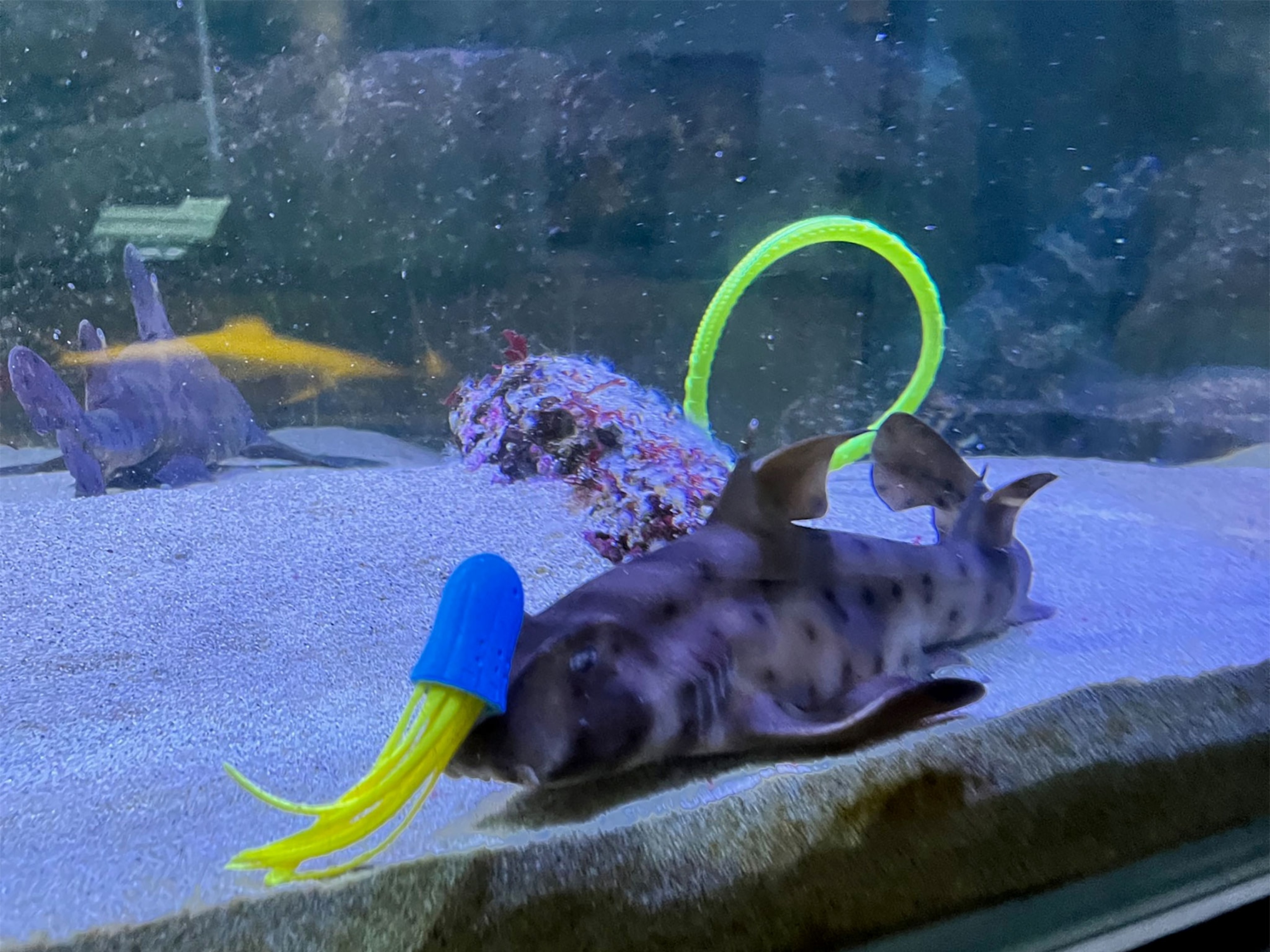
See-Through Fish Discovered Under Antarctica's Ice
Hidden away from the sun below half a mile of ice, complex life flourishes.
After drilling through Antarctica's Ross Ice Shelf, scientists have discovered microbes, crustaceans, and even several kinds of strange fish living in water buried under nearly half a mile (740 meters) of ice.
As recently as a decade ago, it was thought that nothing could survive beneath Antarctica's massive ice sheets. The water under the ice sheet is around 33 feet (10 meters) deep, and temperatures hover below freezing.
The new finds include several kinds of fish that have big eyes, maybe because the animals live in darkness. Some were orange, others black, but the biggest fish of all had translucent skin through which the animal's internal organs could be seen. (Related: "Translucent Creature Photos.")
"From a biological perspective, we got the first glimpse of life beneath the ice on the fifth largest continent on our planet—a continent that was previously thought to be nothing more than a benign body of ice," says study team member John Priscu, a professor of ecology at Montana State University.
The new discoveries come courtesy of the Whillans Ice Stream Subglacial Access Research Drilling (WISSARD) project, an interdisciplinary collaboration of more than 40 scientists. (Watch "Destination: Antarctica.")
A Fish of a Different Color
After using a hot-water drill to punch through 2,400 feet (740 meters) of ice, the scientists lowered a remote-controlled submersible down the hole.
This robot sent back images and video of life below the shelf. (Related: "Journey to Antarctica Photo Gallery.")
It's not clear yet if the new see-through fish represent a new species, but it's likely that they belong to the suborder Notothenioidei.
These fish, called notothenioids, don't have a lot of company from other animals in Antarctic waters, as they make up 91 percent of the total animals by weight (or biomass) and 77 percent of the species, said Reinhold Hanel, a biologist at the Johann Heinrich von Thünen Institute in Germany.
Thanks to a combination of geothermal heat and the pressure and movement created by the ice sheets above, these fish live in water that's perpetually 28°F (-2°C). That means the fish have had to develop numerous adaptations to survive.
"Their evolutionary success is related to key adaptations, such as antifreeze glycoproteins, which prevent their body fluids from freezing at subzero temperatures," said Hanel, who is not affiliated with the WISSARD Project.
As for being able to see their guts, Hanel said the fish are probably translucent as a result of the evolutionary loss of hemoglobin, the protein that makes blood red.
Of Microbes and Men
Finding bug-eyed fish was certainly a happy surprise, but Priscu is even more interested in the microbes.
Last August, Priscu and his WISSARD project colleagues published an article in Nature proving for the first time that microbial life existed beneath the West Antarctic Ice Sheet in Lake Whillans. (See "Microbes Discovered in Subglacial Antarctic Lake May Hint at Life in Space.")
The samples from this latest expedition have not yet been analyzed, but Priscu said he's excited to see how the biodiversity of microbes beneath the Ross Ice Shelf compares to samples taken at Lake Whillans, and with others taken in the Arctic.
He's also curious as to whether the microorganisms found living in the mud might produce greenhouse gases such as methane and carbon dioxide.
"If so, we could expect to see a large release of these gases as the ice sheets melt," he said.
But climate change isn't the only reason to be interested in microbes. The team's research could also influence the search for life in the cold, dark recesses of space and the way we understand ecosystems here on Earth.
"Ten years ago the Antarctic continent was not even considered to be part of the Earth's biosphere," said Priscu. "We have changed the way we view our planet."





